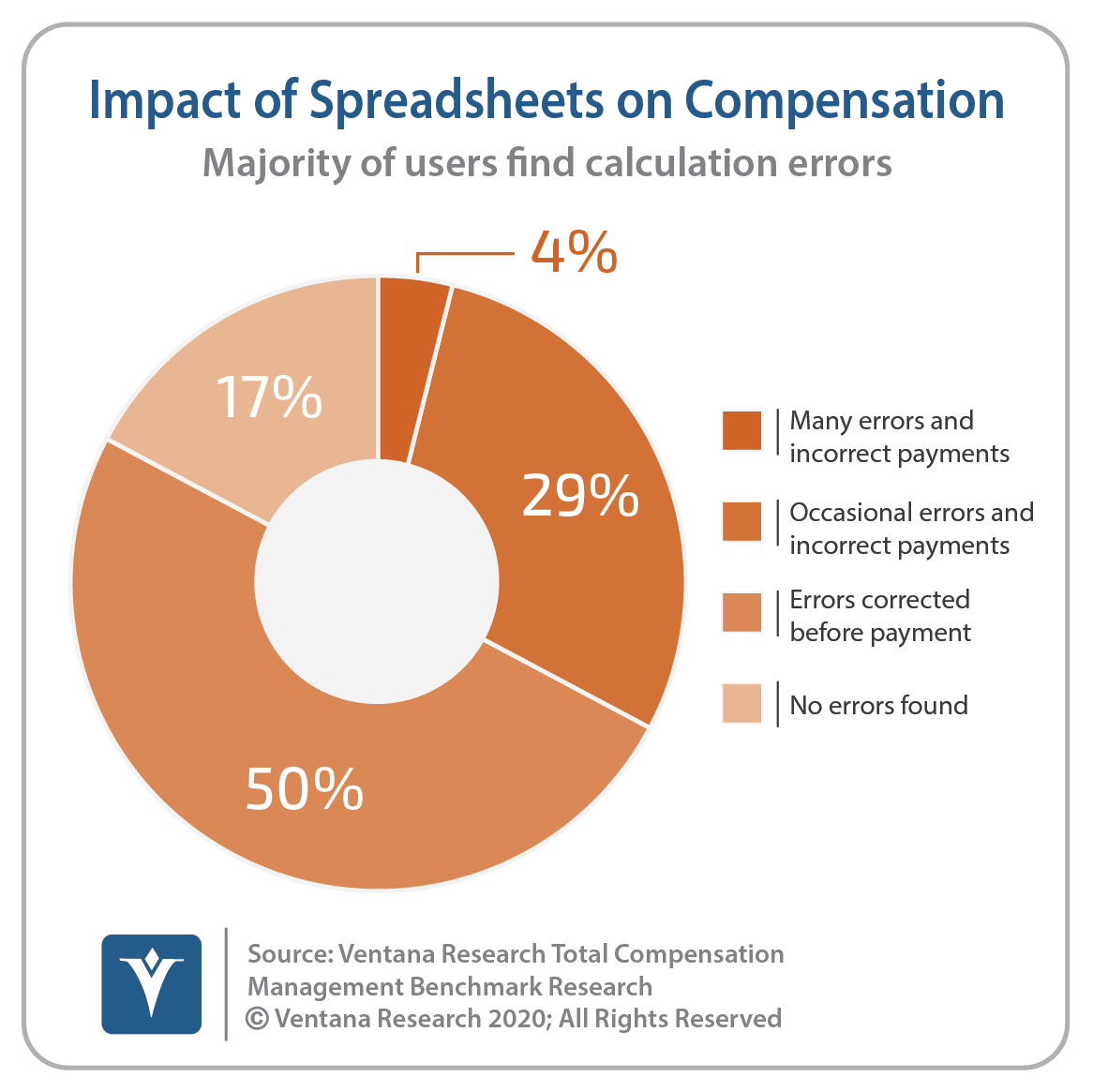While it may be common knowledge that financial services organizations include annual cash components as the cornerstone of their compensation plans, effectively managing the more unique and complex aspects of these plans is essential. Awards allocation processes and decisions at these organizations can be very dynamic and iterative, and while average overall compensation levels may vary across industry sub-sectors, the operational challenges of managing the compensation process are the same. HCM leaders within financial services must reconcile how to attract and retain people using creative compensation plans while also acting within the constraints of a shrinking bonus pool. It is critical to select and deploy software built to manage these activities in a comprehensive way that utilizes data and inputs from across the entire organization.
Creative strategies are necessary to draw top talent in an environment where rapid wealth accumulation is often a primary personal driver, and the difference between having an “A-player” instead of a “B-player” in a particular role can translate into huge differences in revenue delivered. These creative strategies lead to greater complexity in both general plans and individual packages, and they include elements such as instruments that convert to cash or actual shares based on a company’s stock price increasing over time or deferred compensation payouts when total compensation thresholds are reached. Software tools used to manage compensation in these organizations must be able to support some of the most complex compensation plans found anywhere, including potentially supporting dozens of distinct Long-Term Incentive (LTI) plans.
The complexity present in these plans is further compounded by having a higher percentage of total compensation delivered in the form of variable compensation, the significant size of this type of compensation pool and its higher degree of volatility. These factors all mean that compensation determination must take the form of a very iterative, dynamic process. Inputs that must be fine-tuned through the course of these iterations can relate to bonus pool funding levels, individual awards, budget-to-actual comparisons, or sudden changes to the guidelines and policies governing executive compensation or the eligibility of various workforce segments for different compensation programs.
This degree of complexity creates a situation where effective collaboration between stakeholders across HR, compensation, finance, business line managers, business unit heads, internal audit and even the compensation committee of the Board is an absolute business imperative. The compensation spend for a financial services organization is typically more than half of the total operating budget, so the technology platform used to manage this process must enable efficient and accurate collaboration. Without a platform that delivers this capability, the “cost of collaboration” to the organization—that is, the time and effort spent to achieve satisfactory collaborative outcomes—can easily compromise HCM or workforce-related objectives, compensation process outcomes and the ROI on any technology employed.
It’s also worth examining key dynamics that can make collaboration around compensation decisions even more challenging. First, the need to reconcile HR’s goals with those of the Office of Finance and senior management means that enabling collaboration without major cost or disruption is essential. For example, while it’s not within the purview of Finance to be concerned at a detailed level with what it will take to retain key people across the whole organization, it is in everyone’s best interest that Finance works collaboratively with HR to support their goals and performance indicators. And furthermore, effective software offerings that enable collaboration capabilities in compensation help provide more unified and meaningful auditing and reporting around the entire process.
 Next, spreadsheets are, unfortunately, still utilized by some organizations to manage this highly iterative and collaborative process. For some, spreadsheets are perceived as offering them more control and data privacy, even though they do not in fact provide these things. For others, they might care about seeing changes in real-time instead of waiting for updates to be reflected in the system of record. Frankly, this is one of the biggest “change management” exercises that we see as necessary. There are numerous reasons for organizations to move away from spreadsheets toward more efficient approaches in the area of compensation management. Dedicated compensation software is available today that allows the proper auditability of a highly iterative process, keeps the total cost of collaboration as low as possible and reduces or eliminates a whole range of errors. This includes errors related to the processing of compensation management plans themselves or more tactical errors that lead to incorrect payouts in payroll processing. Our research in Total Compensation Management finds for example that only 17% of organizations using spreadsheets in their compensation processes experienced no calculation or payment errors.
Next, spreadsheets are, unfortunately, still utilized by some organizations to manage this highly iterative and collaborative process. For some, spreadsheets are perceived as offering them more control and data privacy, even though they do not in fact provide these things. For others, they might care about seeing changes in real-time instead of waiting for updates to be reflected in the system of record. Frankly, this is one of the biggest “change management” exercises that we see as necessary. There are numerous reasons for organizations to move away from spreadsheets toward more efficient approaches in the area of compensation management. Dedicated compensation software is available today that allows the proper auditability of a highly iterative process, keeps the total cost of collaboration as low as possible and reduces or eliminates a whole range of errors. This includes errors related to the processing of compensation management plans themselves or more tactical errors that lead to incorrect payouts in payroll processing. Our research in Total Compensation Management finds for example that only 17% of organizations using spreadsheets in their compensation processes experienced no calculation or payment errors.
Financial Services organizations face distinct challenges in their compensation processes due to the many considerations that must go into effectively managing the total compensation process. Therefore, cross-department collaboration and the ability to balance the priorities of HCM and the rest of the organization are essential. The right enabling technology can transform this complex process and facilitate better outcomes via a process that is more efficient and valuable to the organization.

